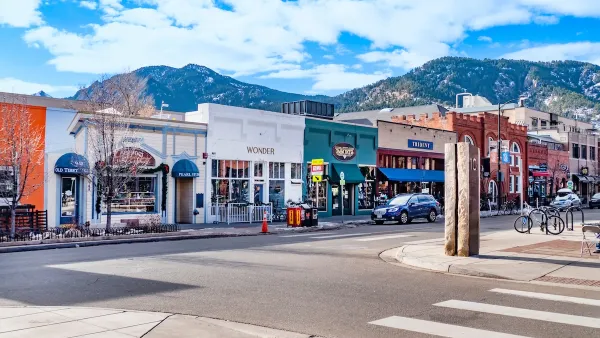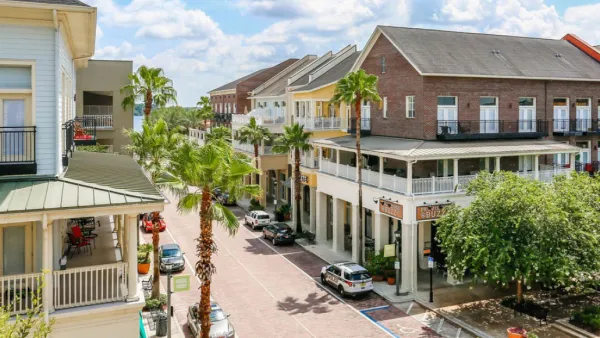This piece from The Cleveland Free Times argues that policy can and does encourage sprawl, and none of the candidates running for president will do anything to combat these policies. Meanwhile, American cities will continue to die off.
"The truest true fact of American politics is that no candidate running this year is going to upset or even challenge the suburban sprawl industry. Sprawl is the endless increase in housing supply, the endless outward redistribution of population from cities and older suburbs, the endless federal subsidy for roads, and the endless chatter about 'good schools' that is just a code for 'schools without poor, visible minorities' that dominates American political life."
"Americans tend to believe that sprawl is a natural consequence of "free market" forces when, in fact, sprawl is a consequence of governmental decision-making made by governments that are responsive to one single industry. Sprawl exists because of a bipartisan commitment to avoiding any talk about reining in the immense power of the real-estate industry."
"That means that the long-avoided discussions America ought to have on race, on climate change, on imported energy, on highway construction and on agriculture will all continue to lack a certain element of reality."
"Meanwhile, as the silence continues, sprawl continues to rule. And American cities will continue to die."
FULL STORY: Ghost Towns In Sprawl Land

Maui's Vacation Rental Debate Turns Ugly
Verbal attacks, misinformation campaigns and fistfights plague a high-stakes debate to convert thousands of vacation rentals into long-term housing.

Planetizen Federal Action Tracker
A weekly monitor of how Trump’s orders and actions are impacting planners and planning in America.

San Francisco Suspends Traffic Calming Amidst Record Deaths
Citing “a challenging fiscal landscape,” the city will cease the program on the heels of 42 traffic deaths, including 24 pedestrians.

Defunct Pittsburgh Power Plant to Become Residential Tower
A decommissioned steam heat plant will be redeveloped into almost 100 affordable housing units.

Trump Prompts Restructuring of Transportation Research Board in “Unprecedented Overreach”
The TRB has eliminated more than half of its committees including those focused on climate, equity, and cities.

Amtrak Rolls Out New Orleans to Alabama “Mardi Gras” Train
The new service will operate morning and evening departures between Mobile and New Orleans.
Urban Design for Planners 1: Software Tools
This six-course series explores essential urban design concepts using open source software and equips planners with the tools they need to participate fully in the urban design process.
Planning for Universal Design
Learn the tools for implementing Universal Design in planning regulations.
Heyer Gruel & Associates PA
JM Goldson LLC
Custer County Colorado
City of Camden Redevelopment Agency
City of Astoria
Transportation Research & Education Center (TREC) at Portland State University
Jefferson Parish Government
Camden Redevelopment Agency
City of Claremont





























